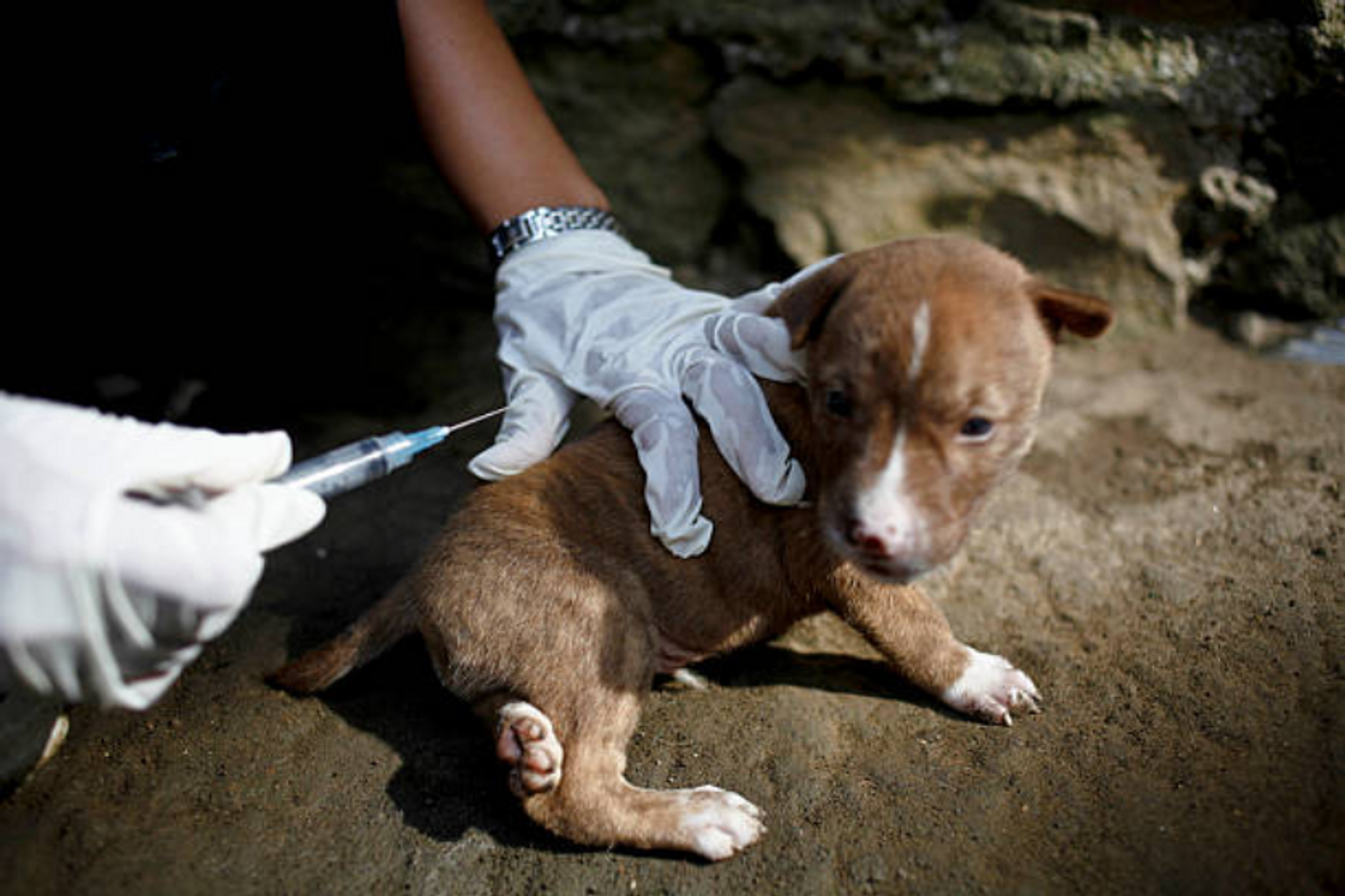Eradication of Dog-Mediated Rabies
Rabies is a fatal viral disease that occurs in more than 150 countries and territories, causing more than 60,000 fatalities each year. In 99% of cases of human deaths attributed to rabies, the virus was acquired through a bite or scratch from an infected dog.
Labelled as a neglected tropical disease, dog-mediated rabies has been targeted for global eradication by the year 2030. Credit: gettyimages
The majority of cases occur on the continents of Asia and Africa, where rabies is endemic in dog populations. The majority of people bitten by rabid animals (50%) are under the age of 15.
The virus enters the host through the skin of an open wound from the scratch or bite of a rabies-infected animal. Once the virus travels through the mucous membranes of the host, it attacks the peripheral nerve system via receptor-mediated endocytosis. The virus continues to replicate until it reaches the brain. Early symptoms of infection include agitation, muscle weakness, and fear of water.
The disease can be prevented through vaccination programs for dogs and humans. Pre-exposure vaccinations are recommended for at-risk individuals including veterinarians and those traveling to endemic areas. Unfortunately, access to the vaccine is limited in endemic countries.
If exposure is suspected proper wound care, administration of the rabies immunoglobulin, and vaccination should occur. Because dogs serve as reservoirs of the virus, vaccination campaigns could eliminate the virus from endemic dog populations and prevent human infections.
Rabies has been identified as a neglected zoonotic disease meaning it is a disease that affects mainly populations in low-resource settings in developing countries. Prevention of this disease is essential as the virus is almost always fatal once symptoms develop.
The World Organization for Animal Health (OIE), Food and Agriculture Organization (FAO), and Global Alliance for Rabies Control (GARC) have established a global “United Against Rabies” collaboration to achieve eradication of rabies virus in humans by 2030.
According to a recent review published in Nature Reviews Disease Primers, achieving this goal will require multiple strategies including improved diagnostic tools, cheaper and more effective vaccines, and increased awareness of the disease in endemic countries. The major key, however; is preventing transmission of the virus to humans through large-scale dog vaccination programs.
Sources: Nature Reviews Disease Primers, WHO









